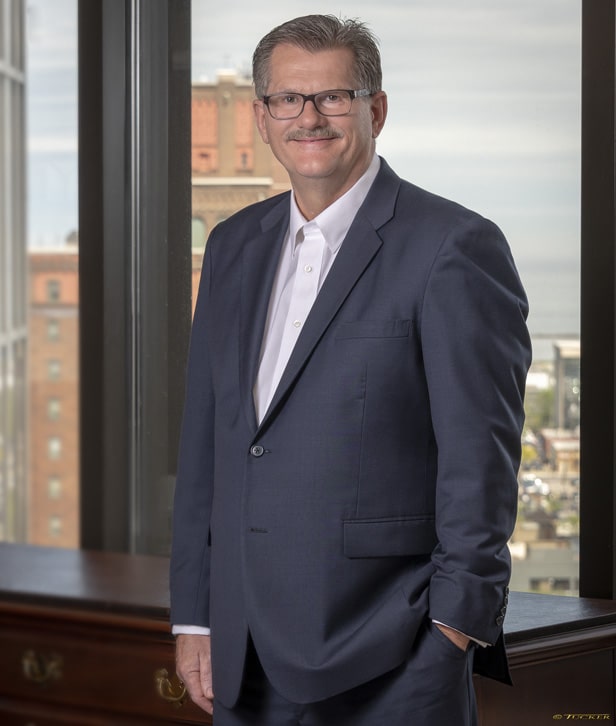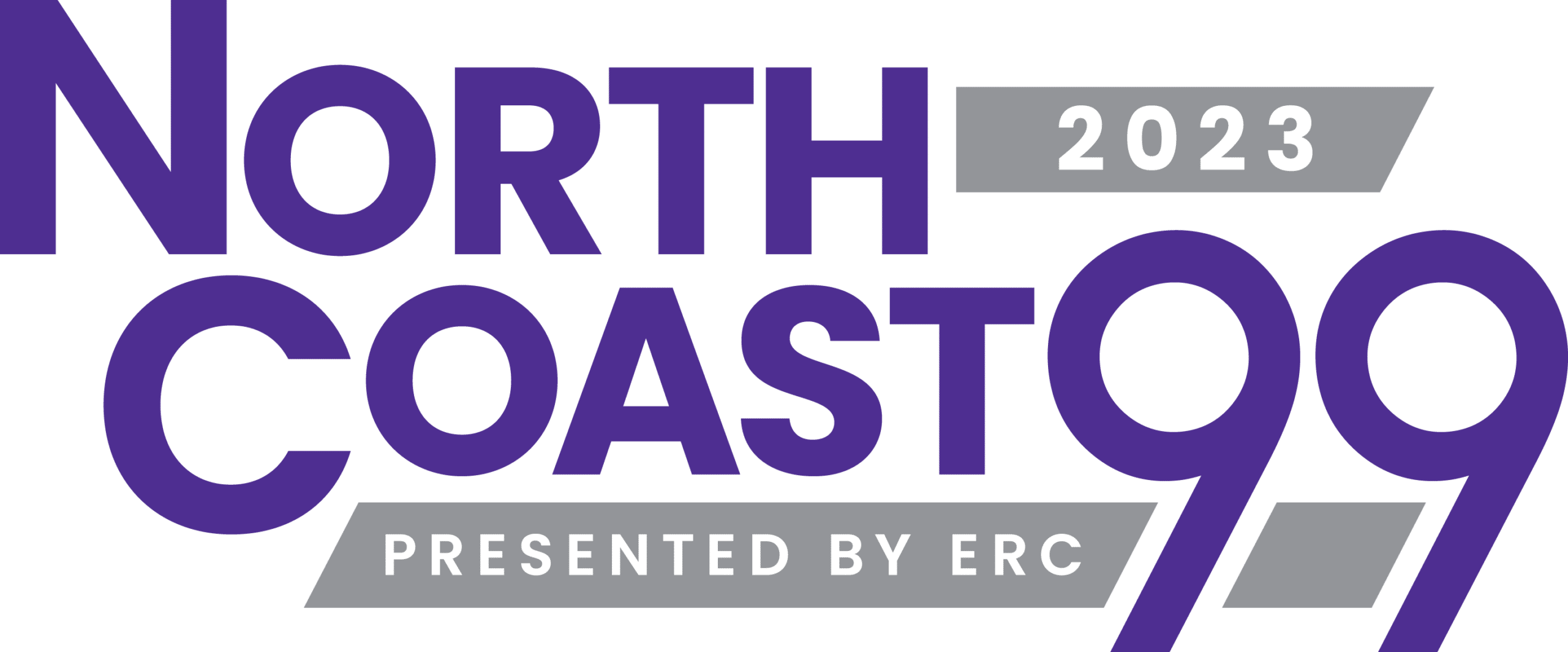An interview with our President and Director, Jeffrey D. Neuman, CPA, J.D.
As Ohio businesses re-emerge from the COVID-19 crisis and get back to work, some companies will be in a stronger position to grow and gain market share. Others will struggle to regain their footing. But one thing is certain – all will be changed. In some industries, more widespread adoption of technology and remote work arrangements will drive the marketplace. Barnes Wendling Director and President Jeff Neuman discusses the mix of fear and optimism business owners have as they face the post-COVID-19 future, and the potential for long-term change.
Many Ohio businesses – including accounting firms – had to close their doors in mid-March. How has Barnes Wendling dealt with the experience of working remotely?
In our organization, we were set up to work from home, but not for everybody to work from home. Now we are, we know how to do that. Now that Ohio offices are able to reopen, we’ve taken the position that we’re open, and you can come to work in the office, but you don’t have to. If you are more comfortable working from home, you can work from home. I think we’ll see more people trying a three days in, two days out schedule.
What are you hearing from clients and how are you advising them about rebuilding their businesses?
It depends. We have clients who have been shut down since mid-March and clients who never had to shut down. But the common element is fear of the unknown. Whether or not they had to shut down their business has been impacted, sometimes badly. They want to know how long this will last and when they will be able to get back up to speed.
We are telling clients you have to make smart business decisions. Forget about outside noise – go back to the fundamentals of budgeting, cash flow and sources of capital. If you have capital let’s talk about how to protect it. If you don’t, what are the sources you can tap into now? Because of the fear of the unknown, everybody is trying to hoard capital, as they should.
Clients want a sounding board. They ask, ‘What are you seeing from everybody else? What’s going on out there?’ That is what we can give our clients – our perspective on how different industries are dealing with it and how fast they are getting back online.
Communication is more important now than ever, yet we can’t sit down across a table together. So, we are also figuring out the best ways to communicate with our clients.
Are business owners concerned about new workplace rules as they reopen?
They understand the need for the rules. We tell them to create a safe environment and follow the guidelines. There are some things that we know work, like social distancing and hand washing. You don’t want to have an incident inside your organization.
Manufacturers have been working throughout and they have to have their people working on site. So, they have figured out social distancing, and most of them have been able to do it. Sometimes it means working every other machine. Our clients believe in keeping people safe; they don’t want their employees afraid of coming to work. At the same time, they encourage people who have health issues to stay home.
What is the next wave of financial concerns for business owners?
A large segment of our client base took advantage of Paycheck Protection Program (PPP) loans. All our clients who applied received loans. For about a month we have been engulfed in discussions about how you maximize the money. Now it’s ‘How do I qualify to get these loans forgiven?’
The truth is the government has been parceling out information as regulations are written. There are no answers to a lot of these questions. If we don’t know an answer, we take the most logical position. But the situation is changeable. Now Congress has dramatically lengthened the time you can use the money to qualify for forgiveness to 24 weeks. That’s good for businesses like restaurants that had a hard time spending the PPP money in the eight-week window allowed under the original rules. But it’s an example of how the rules and regulations are changing almost daily.
We have heard a lot of about potential problems getting supply chains back up to speed. How do you advise Barnes Wendling’s clients?
Many of our clients are part of the supply chain. They are sourcing OEMs and things like that. They have seen breakdowns in logistics; that’s a big cause of layoffs. The vast majority are able to source their goods, but they have found that you have to be more careful on the purchasing side. What took you a week before may now take three weeks to fulfill. In general, supply hasn’t been a problem, but it may become a problem. If part of your supply chain comes from Asia it has been a problem.
Have any of your clients lost customers permanently due to the COVID-19 crisis?
Ohio hasn’t been hit hard that way. Many manufacturers here have been viewed as essential. They were more in a position to pick up business than lose it.
Clients are saying they are going have great opportunities when this opens up because they are in a position to expand. Let’s face it, some of their competitors have closed for good. Their competition may be highly leveraged. Unfortunately, some of the competitors are going to fail. While business failures are always troubling, they present tremendous opportunities for companies that are positioned to expand, including many of our clients. Our clients are saying, ‘OK, let’s be strategic about this,’ and they’re looking at opportunities to merge or acquire the companies that won’t make it.
They are reaping the benefits of what we preached with the last crisis – get stronger, be able to withstand a major event. The vast majority have done that. They have capitalized and kept their eyes and ears open for opportunities.
You mentioned the “last crisis.” Do you see parallels between today and 2008?
Yes, there are similarities but some differences, as well.
With this crisis the fear is focused on the long-term effect of what’s happened. Right now, we’re stuck in the hole and still looking for the ladder. With the last one you knew when the financial markets started to recover you could dig yourself out of the hole. But the fundamentals have not changed. You have to prepare your business for bad times.
Our clients were a lot more prepared this time around than 10 years ago. Anyone who suffered through the financial crisis and mortgage meltdown came out of it and they were built for the long haul. They beefed up their balance sheets and most were in good shape coming into this. That’s where our job yielded results. We advised clients to just stick to the fundamentals, and they did.
What are you telling clients about rehiring laid off workers?
Because unemployment was virtually zero going into this, businesses that needed to hire were happy to just to get bodies in the door. This pandemic has caused people to look at their businesses differently and think, ‘Well maybe I don’t need all these people in the office every day, and from a business standpoint maybe there’s a smarter way.’ Reconsidering staffing levels, in the long run, will allow people and businesses to retool, and reopen in a strategic manner.
When you’re very busy and scrambling just to fill workforce, it’s hard to look out a couple of years down the road. Now business is reduced or even shut down. Owners for whom business has been reduced are asking, ‘OK, can I cut workforce by 5 percent? Can I buy new equipment that is more efficient? In the long run will my business be stronger?’
How will companies change the way they do business?
We work with one company that supplies chemicals worldwide. Their old strategy was to meet face to face with everyone they sell to in distribution. They had a huge travel and entertainment budget. But they found out that Zoom works just as well. They know how to do meetings now and the travel budget has gone nearly to zero, and they can operate like that. If that hadn’t been forced upon them, they never would have changed.
This crisis has also put some businesses in a position to react more quickly to change. We work with a company that produces CPAP machines, and they were able to gear up and produce ventilators when they were desperately needed by hospitals. Another client, a producer of beauty supplies, started producing hand sanitizer.
Are some clients considering a shift to more remote work or virtual services?
Clients are open to these shifts. It’s the old dog, new tricks syndrome. People realize now that we can have an effective workforce even though we’re remote, with Zoom and all the other meeting capabilities.
I have a Cleveland Clinic physician who said they have been trying to get physicians to do telehealth for a long time. The only way to keep healthcare costs down is make it so you can see more patients. Telehealth allows you to do that. You can pick up 10 extra patients per day with telehealth. They couldn’t get physicians to do it, but now they’ve had to do it and they like it. It all revolves around how good your technology is.
The remote work experience is really expediting our reliance on technology and probably making many people more willing to try the new toy.
What are the broad ramifications of a shift to remote work?
On the real estate side, the office marketplace may be permanently changed. Long-term commercial real estate may be impacted by the trend toward remote work arrangements. Companies will realize they don’t need 30 offices, or they don’t need 60,000 square feet of space.
Learn more about how to reopen your business after COVID-19 by contacting our advisors.
Featured Post

Featured Client Testimonials
BW is a true partner to us. Their knowledge, expertise, and service are a valuable resource to us and play an important role in our success!
John Allen - Vice President of Finance, Kaufman Container
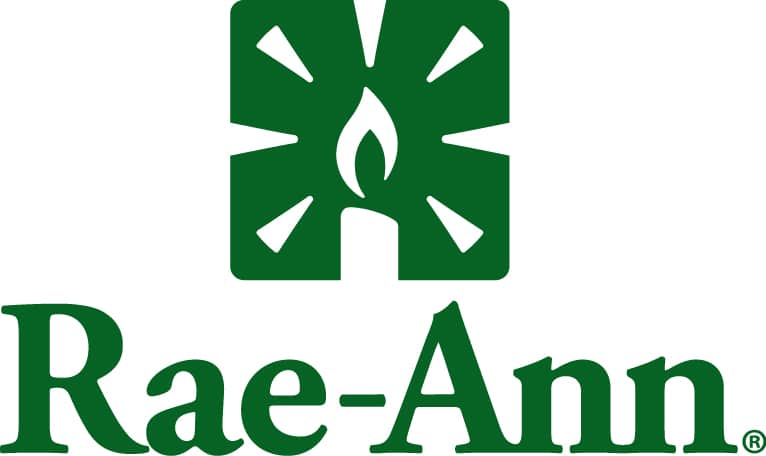
Featured Client Testimonials
I appreciate the exceptional tax advice we received over the years. The (BW team) has a good grasp of our business needs. Thank you for your excellent service.
John Griffiths - Owner, Rae Ann, Inc.

Featured Client Testimonials
The BW team has been fantastic to work with; both the team member at our office as well as at the partner level. Any issues or concerns are handled very efficiently and effectively.
Kelley Needham - Chief Executive Officer, Epilepsy Association
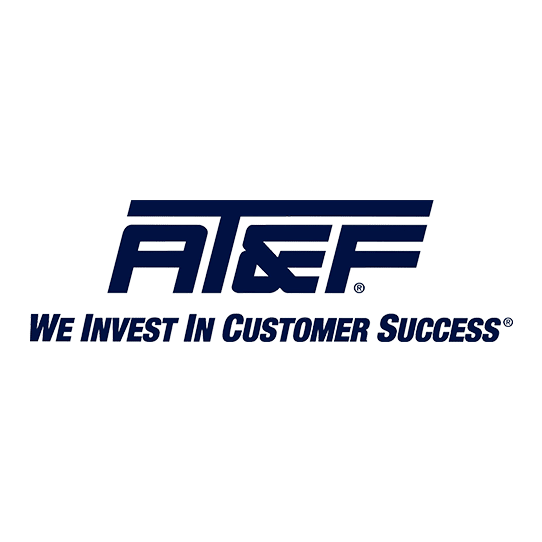
Featured Client Testimonials
Barnes Wendling has been our company accountants for over seven years. Their knowledge has been instrumental in helping us grow strategically during this time. And although we’ve seen many changes in our economy that we cannot control, we’ve always been able to trust the Barnes team to be by our side. The Barnes team feels like family. We can’t thank them enough for their support!
Christine Kloss - Controller, AT&F
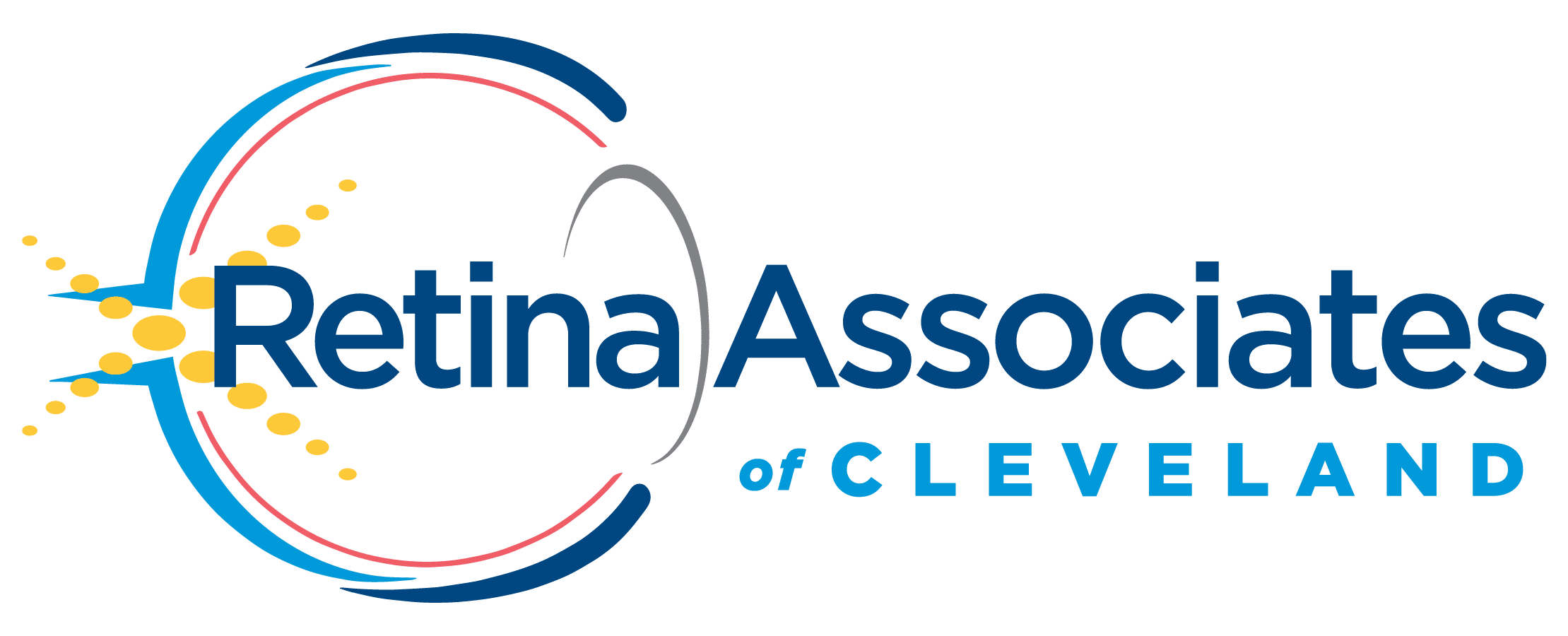
Featured Client Testimonials
Barnes Wendling has been our company accountants for over 15 years. During this time, the business has grown exceptionally, and Barnes has kept pace, providing accurate, quality advice. Our finances are more efficient than ever, and the expense of hiring Barnes has been a definite positive add to our bottom line. I give my highest recommendation to their firm.
David Miller, MD - President, Retina Associates of Cleveland

Featured Client Testimonials
Barnes Wendling has provided us guidance and recommendations that have strategically helped strengthen our business and position ourselves for growth. We needed to hire a new VP of Finance and Controller this past year, and they were instrumental in helping us find the best candidates for our company.
Sara Blankenship - President, Kaufman Container

Featured Client Testimonials
We value the trust, accuracy of information, and reliability of Barnes Wendling and Mike Essenmacher personally. Mike has been instrumental as a trusted advisor on accounting, tax, and personnel issues. His advice is always accurate, and he is very reliable. His associates are also very talented.
Dominic Ozanne - President and CEO, Ozanne Construction Company

Featured Client Testimonials
We value Barnes Wendling’s expertise with all things accounting so we can operate our business using our strengths and allowing them to be our experts. They have also brought me a few business sale opportunities to allow me to grow my assets.
John Gaydosh - President and Metallurgical Engineer, Ohio Metallurgical Service
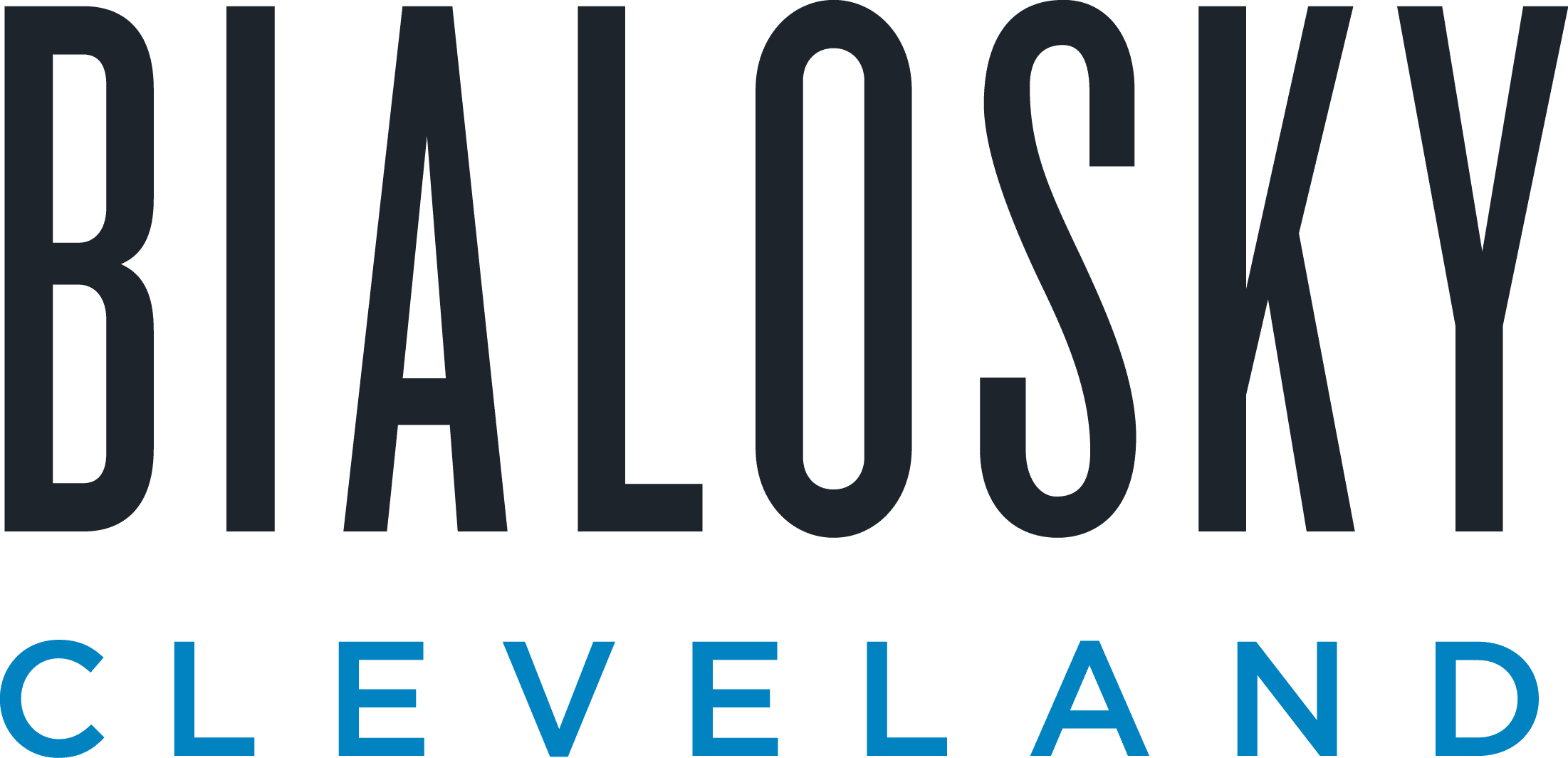
Featured Client Testimonials
Barnes Wendling (especially Lena) did a great job with our financials. Everything. It is extremely refreshing and comforting to know that all of our numbers are not only correct, but they are in the right place(s). Your diligence and reporting truly does make me (personally) feel better.
Thomas Adomaitis - Controller, Bialosky Cleveland

Featured Client Testimonials
I can wholeheartedly tell you that I have yet to work with an audit or tax team that have been more helpful, easy to work with, and committed than the team at Barnes Wendling- I have been through three different firms in the last few years.
Michelle Saylor, Former Controller, Aero Mag

Featured Client Testimonials
Floyd Trouten at Barnes Wendling CPAs is an “expert’s expert” when it comes to M & A accounting. Not only does he understand the evolving details of the Tax Code but he also sees the fine points of their application for owners, managers, investors, and financiers.
Mark A. Filippell, Western Reserve Partners

Featured Client Testimonials
The service is amazing at Barnes Wendling CPAs. The benefit is worth more than the cost. Sometimes it’s true that you get what you pay for.
Mark Boucher - Former Owner, Castle Heating & Air
